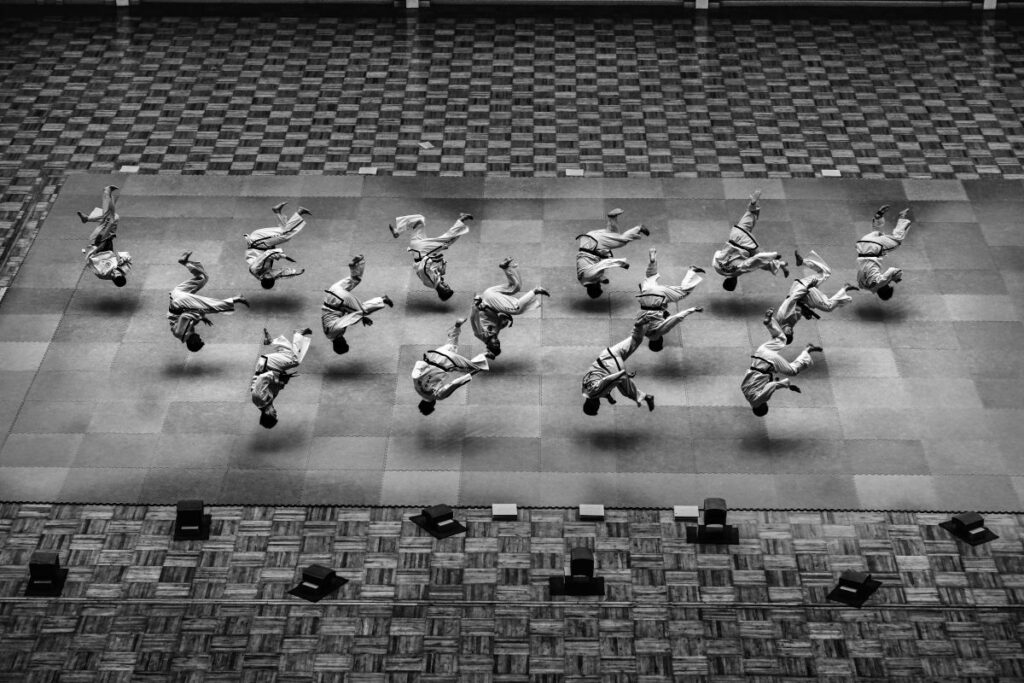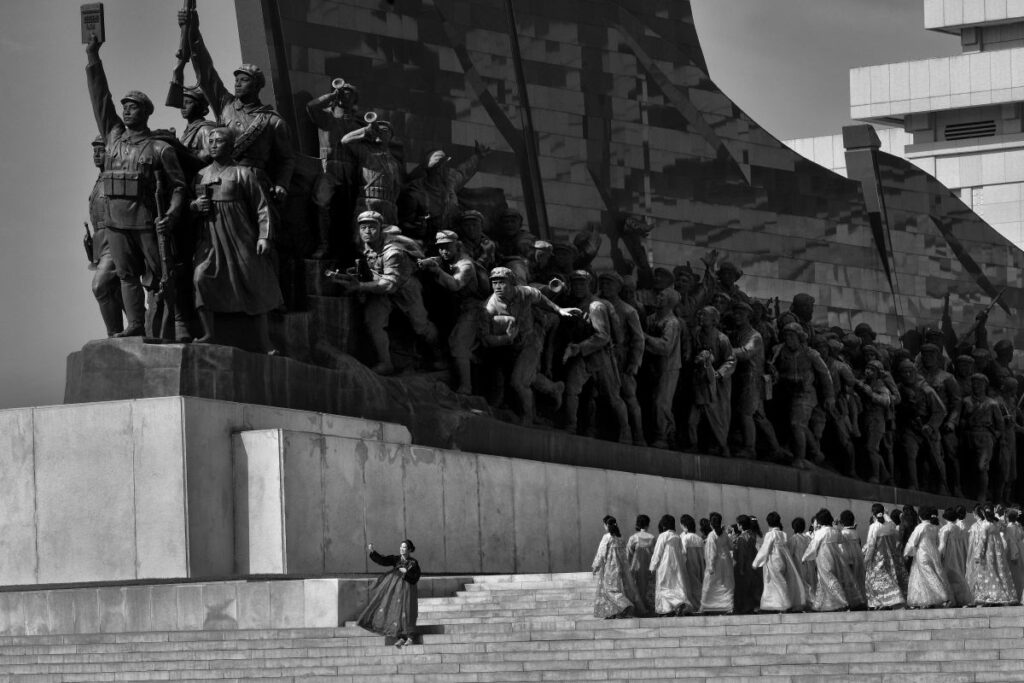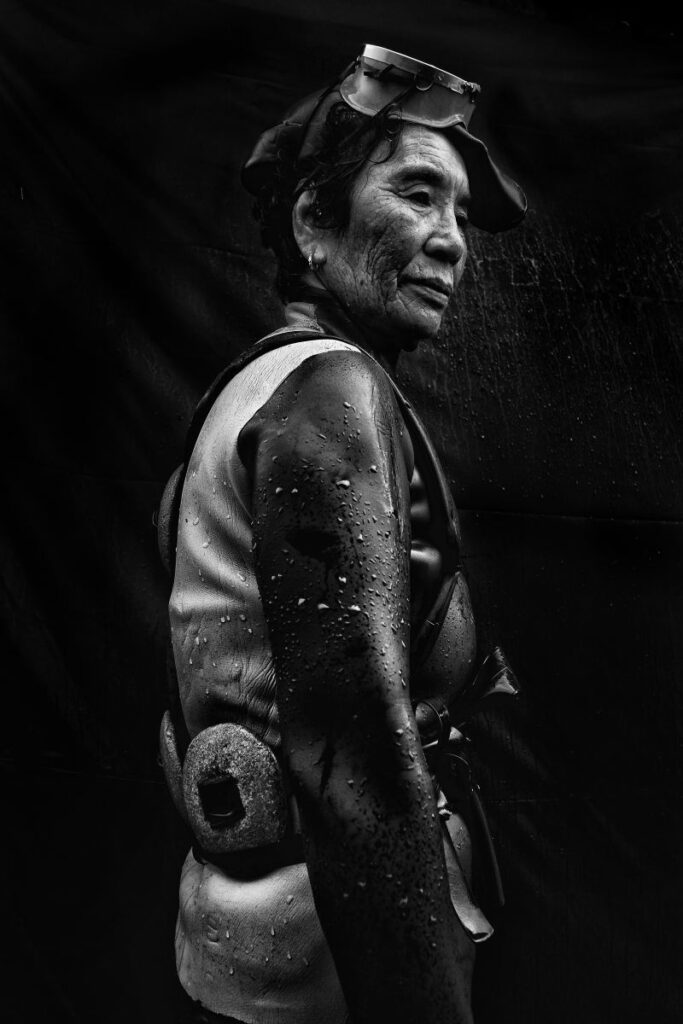Presentazione dell’autore:
25 ottobre 2020, ore 11.30
Sala Xenia
Riva III Novembre, 7
Sede espositiva:
Civico Museo d’Arte Orientale via San Sebastiano, 1 dal 25.10.2020 al 06.01.2021 da giovedì a domenica, dalle ore 10.00 alle ore 17.00

Il Servizio Musei e Biblioteche del Comune di Trieste, in collaborazione con l’Associazione dotART, per il terzo anno consecutivo, propone una serie di esposizioni/occasioni volte a indagare l’interazione tra la fotografia contemporanea e i luoghi museali in occasione del settimo Trieste Photo Days – Festival di Fotografia Urbana. Domenica 25 ottobre alle ore 11.30, presso la Sala Xenia, in Riva III Novembre, 7 a Trieste, avrà luogo la presentazione dell’autore della mostra “This is not Korea”. Immagini delle due Coree negli scatti di Alain Schroeder. L’esposizione rimarrà aperta al Civico Museo d’Arte Orientale, in via S. Sebastiano 1, fino al 6 gennaio 2021 con i seguenti orari: da giovedì a domenica, dalle ore 10.00 alle ore 17.00.
La mostra è stata ideata e realizzata dai Civici Musei di Storia ed Arte, con la direzione di Laura Carlini Fanfogna, direttrice del Servizio Musei e Biblioteche, a cura di Michela Messina, conservatore del Civico Museo Orientale e Claudia Colecchia, responsabile della Fototeca e della Biblioteca dei Civici Musei di Storia ed Arte. Protagonista dell’esposizione fotografica è la Corea, paese altrimenti quasi completamente assente dalle pur ricche collezioni dei Civici Musei di Storia ed Arte. Due xilografie, opera del notissimo artista Katsushika Hokusai selezionate da Michela Messina, conservatore del Civico Museo d’Arte Orientale unitamente a due testimonianze fotografiche sulla Corea custodite in Fototeca, individuate da Claudia Colecchia, responsabile della Fototeca dei Civici Musei di Storia ed Arte, dialogano con le foto contemporanee scattate in Corea da Alain Schroeder, suggerite dall’art director del Festival, Angelo Cucchetto, e dal presidente dell’Associazione, Stefano Ambroset. Nell’occasione del Trieste Photo Days, edizione 2020, il fotografo Alain Schroeder, già premio URBAN 2019, offre l’opportunità di posare lo sguardo su questa regione dell’Asia attraverso tre storie. La divisione politica che caratterizza la Corea dal 1945 è restituita anche nell’allestimento proposto: a ogni stanza corrisponde una nazione e il muro divisorio rievoca quella linea di confine che coincide con il 38° parallelo.

La prima stanza è dedicata alla Corea del Nord, uno degli stati più secretati al mondo. Si tratta di una preziosa documentazione fotografica che però, come sottolinea egli stesso, non restituisce fedelmente il paese ma è condizionata dai meccanismi manipolatori dell’informazione di regime, visto che il servizio è stato effettuato sotto il rigido controllo censorio di due guide ufficiali che hanno indicato cosa guardare e cosa fotografare.
This is not Korea sottolinea il fotografo, ma il servizio, seguendo gli stilemi comunicativi del regime, ha il merito di restituirci la prodigiosa macchina organizzativa creata per la costruzione del consenso che, in questo caso, è per una volta desideroso di travalicare i confini nazionali.
La Corea del Sud è descritta attraverso una serie di ritratti femminili scattati presso l’isola di Jeju. Qui la pesca a immersione è praticata dalle donne Haenyeo che si tuffano senza bombole nelle acque gelide a caccia dei preziosi awabi (abaloni o orecchie di mare): frutti di mare in via di estinzione sempre più richiesti anche dagli chef stellati occidentali.
Il fotografo belga restituisce i volti segnati delle donne mature che, nonostante l’età, le mille rughe, si ergono in un tempo sospeso, maestose, elegantissime e ancora capaci di stupirci, persino di sedurci. Un senso di mistero e di distanza pervade la fotografia del belga Schroeder, confermando la profonda influenza subita dal surrealismo di Magritte. Si ricorda che, per consentire il rispetto delle norme di distanziamento stabilite in materia di contenimento del contagio da Coronavirus, l’accesso del pubblico al Civico Museo d’Arte Orientale è contingentato.
info
tel. +39 040 3220736 +39 040 6754068
cmsafototeca@comune.trieste.it
museoarteorientale@comune.trieste.it
